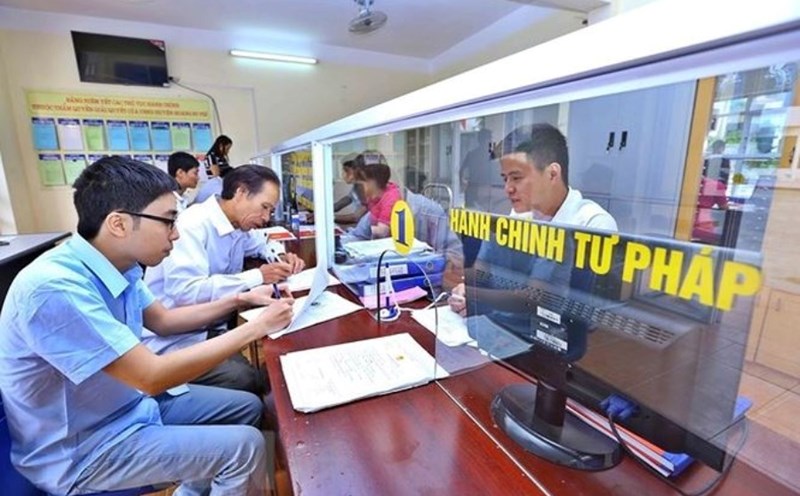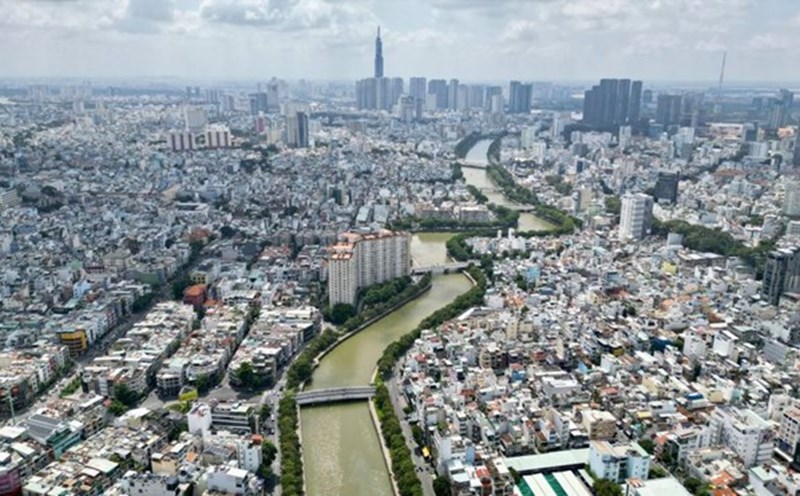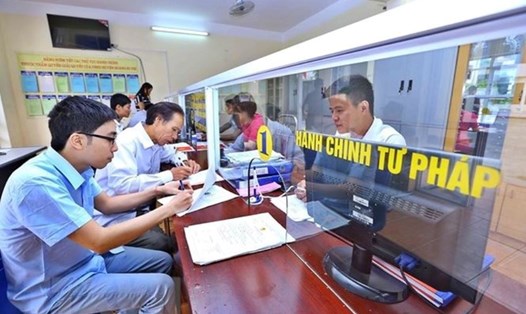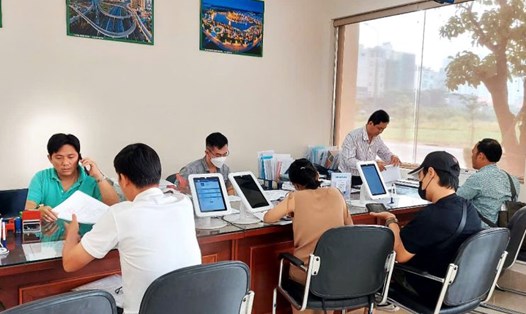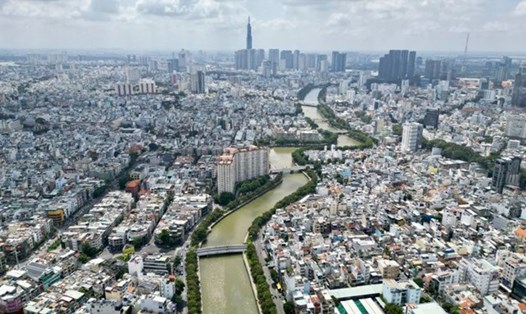After the arrangement, Ho Chi Minh City will have 22 district-level administrative units (16 districts, 1 city and 5 districts) and 273 commune-level administrative units (210 wards, 5 towns and 58 communes).
Ho Chi Minh City will merge 80 wards, there will be disruptions, so the government must focus on solving them, taking care of officials, civil servants, people and businesses to stabilize soon.
Firstly, after the merger, there will be a surplus of 1,022 cadres, civil servants, public employees and part-time workers. Reorganizing administrative units is one of the administrative reform solutions. This includes the goal of reducing staff, streamlining the apparatus, and reducing the burden on the budget.
Thus, it is necessary to arrange for the surplus people reasonably, support the laid-off people during the time of finding new jobs or retirement. Merging while still keeping the same number of cadres, civil servants and public employees is not reasonable.
Second, after the merger, 800,000 people will be affected because of changes in administrative documents. Because when changing the administrative boundaries and names of many wards, personal and business documents such as citizen identification cards, real estate documents, bank accounts, or addresses printed on business cards, product packaging, signs, etc. must be adjusted.
To support the people, the Ho Chi Minh City People's Committee has committed to completely exempting all fees and charges for document conversion. Exemption for the people is very good, but more importantly, it is quick and easy to resolve, without cumbersome procedures, avoiding the situation of asking and giving. Local authorities need to exploit technology applications to carry out the conversion, without forcing people to travel, but still ensuring accuracy and efficiency.
Third, after the merger, there will be many redundant headquarters. The city government must use and exploit these assets in accordance with regulations and effectively.
This is because, in reality, other localities have shown that after merging some administrative units, many headquarters were abandoned and became places for grazing cattle. Letting public assets deteriorate, become damaged, and become desolate is a huge waste.
Along with the headquarters are cars, computers, tables, chairs, and air conditioners. All of these public assets must be utilized to avoid being stored in warehouses for a long time and becoming scrap.
Merging administrative units but all activities of the government and the people are not disrupted, public property is not wasted. Not only HCMC but every locality must achieve such a goal.

